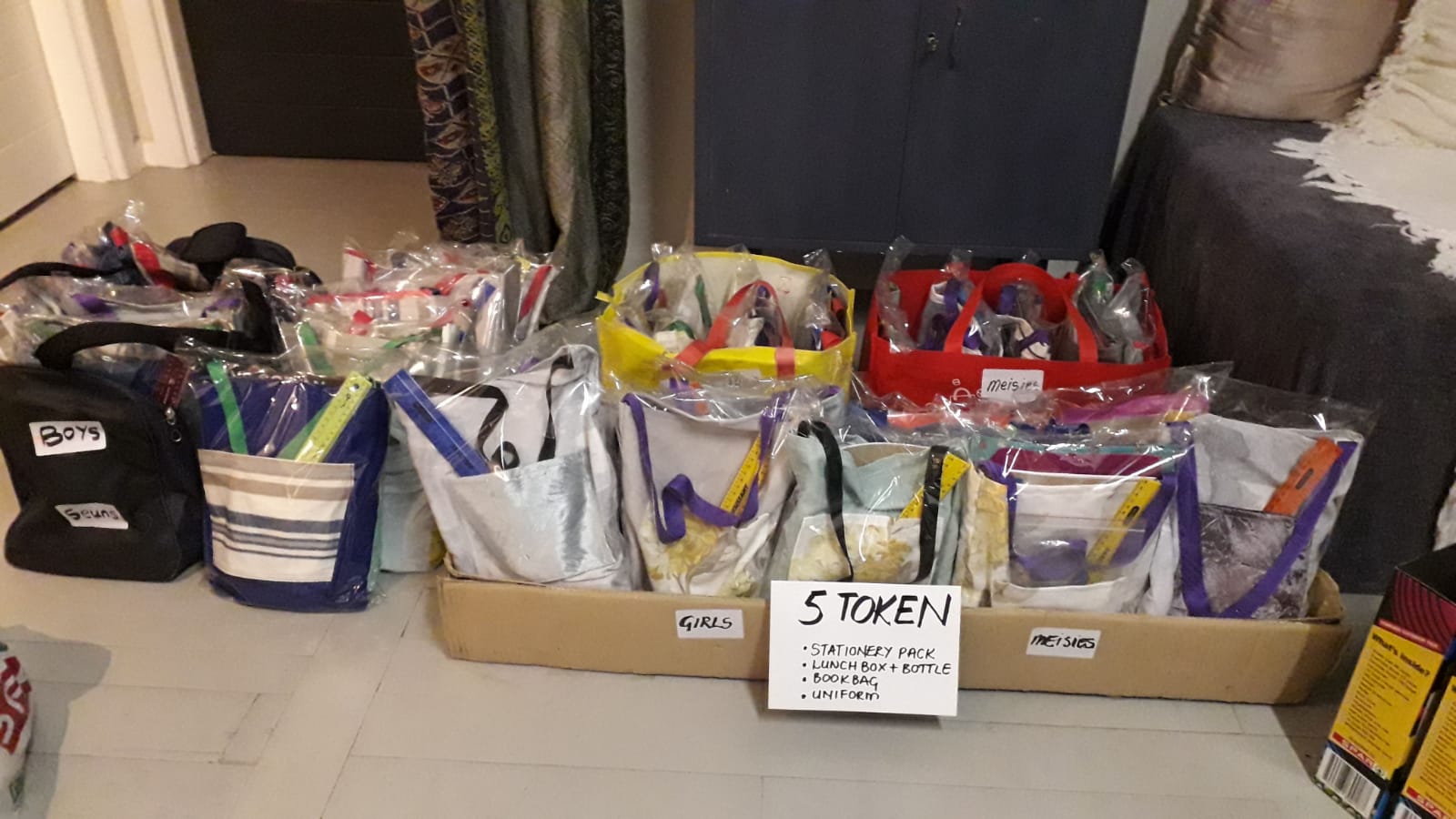Research indicates that children growing up in low socio-economic communities have a higher prevalence for poor sensory integration and subsequent developmental delays. Being aware of the fact that more than 55% of South African children live in poverty and will never be able to afford occupational therapy services, such as sensory integration therapy, the “Back to Urth” Playgrounds are a South African solution to the sensory and developmental needs of children growing up in poorly resourced environments. In this journey the Dept. of Occupational Therapy, has partnered with various stakeholders, inclusive of experts in natural building methods, engineers and educators.
What skills and resources were you able to draw from the community for this project?
The playgrounds are developed and built in collaboration with the Department of Development Studies, UFS, Qala Phelang Tala, the Product Development Technology Station (PDTS), Central University of Technology (CUT), and Departments of Education. During the building process, the community where the playpark is built is involved, skill transfer takes place, and students are trained meaning students, colleagues, children where the playgrounds are built, community members, and private enterprise are usually involved.
The challenges
Children growing up in marginalized rural communities in SA are not developing optimally and enter school without been school ready resulting in poor school performance. Providing them with play opportunities that are sensory enriched can make a difference in their sensory-motor development that in turn will contribute to sensory-motor and cognitive development which forms the foundation for successful school performance.
Addressing the challenges
A randomized control research project on the effect of a sensory-motor stimulation program presented at a low cost, sustainable playground on the development of Grade R and 1 learners of a rural school in the Free State was executed and completed on one of the playgrounds in 2017, with promising results indicating that the learners of the school with the playpark performed better to statistically better on the majority of tests items, than the learners of a control school. A continued relationship exists between the school and the Department of Occupational Therapy, with further research on the impact of the playground planned for 2019.
The achievements
The playground designs are based on research related to childhood developmental challenges and the building of the playgrounds forms part of a collaborative, extended learning platform of the Department of Occupational Therapy and Faculty of Health Sciences, UFS. The school and community where the playground is built takes ownership as they become part of the building team and transfer of skills to community members and students involved, forms part of the process. Once a playground is completed educators receive training on the optimal use of the playground and this is provided by the Occupational Therapy Department, UFS. The importance of formative influences in a child’s life can never be underestimated and children from marginalized communities are, through these playgrounds, provided access to play equipment providing them with the sensory rich experiences supporting development, function and in the end quality of life. Research, already mentioned, has partially confirmed this.














 Token Project / Move One Million
Token Project / Move One Million